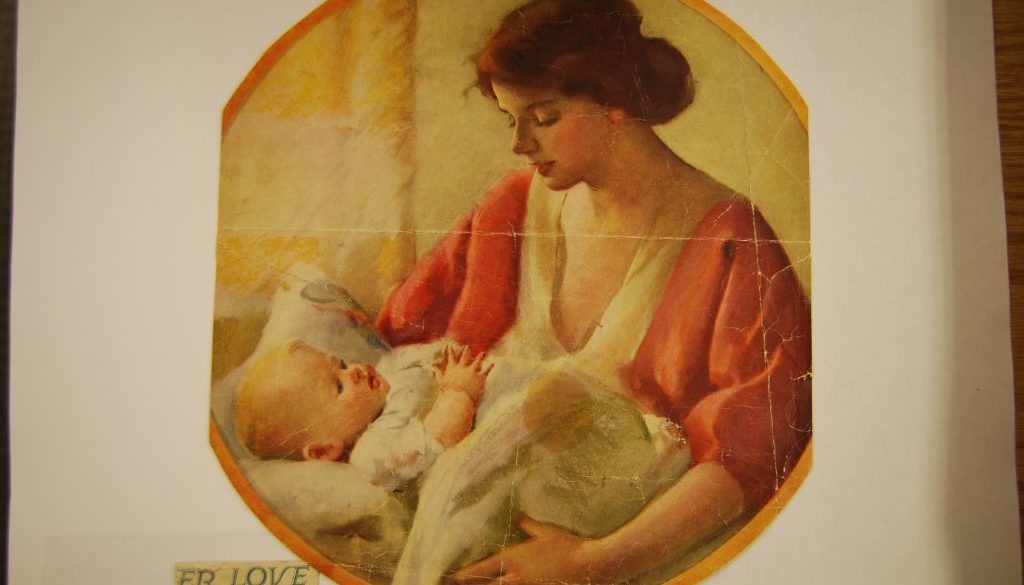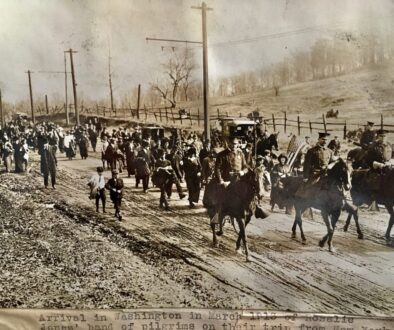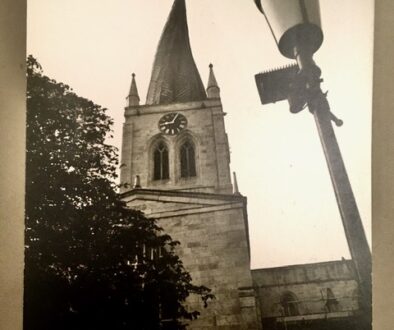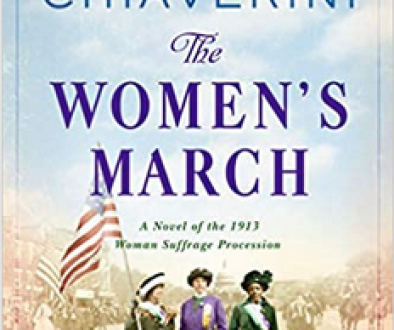Sisterly Support
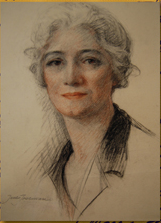
This blog topic comes to me by way of Tom Dublin, Binghamton University Professor Emeritus of Women’s History and sharer extraordinaire. I may have mentioned that researchers in this field are incredibly generous when they find mention of Elisabeth Freeman, and none more so than Tom, who also co-authored an article with me in an online journal. But this time, it was not Elisabeth but her sister Jane Freeman, a portrait artist of some note, who came to his attention.
In 1915, as New York was gearing up for another vote on women’s suffrage, women artists of all kinds mounted an exhibition at the MacBeth Gallery in NYC “for the Benefit of the Woman Suffrage Campaign.” Prior to this there had been no mixing of politics and art in the established art scene but more than 90 painters and sculptors eagerly put forward their work for the Cause.
Suffrage speakers such as Elisabeth made a variety of arguments on why women should have the vote but visual artists were responsible for creating the images that would influence voters. Both the anti-suffrage forces and the pro-suffrage movement claimed the “protective and nurturing mother figure and her perceived moral authority.” (Dennison, “Babies for Suffrage”)
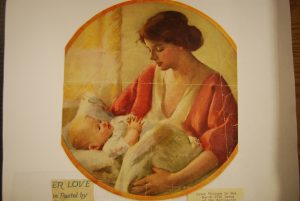
Jane Freeman entered a painting of “The mother, with the baby in her lap, her head beautifully modeled and features delicately chiseled, looks down fondly at the little one that raises its chubby hands in tender appeal.” (Brooklyn Daily Eagle review). Here’s the interesting part: Jane titled the painting The Coming Voter, effectively posing the question “If women are entrusted with the moral education and upbringing of future voters, why can’t women vote?” Dennison notes that in the title Freeman subverts “the image of alluring mother and her happy child, which otherwise might have served as the anti-suffrage ideal of feminine passivity.” This linguistic jujitsu was a great trick of Jane’s–she sustained her long and successful career as a portrait artist by giving people what they wanted.
In 1916, she sold the image to the magazine The Delineator for its March 1916 cover with the title “Mother and Child.” In my installation, “Art, Money, Love: Jane Freeman” I celebrated her artistic talent as well as her ability to promote herself and sell her work. She submitted to contests, mass media, exhibitions, and worked the gentry for portraits of their children and wives.
Dennison points out that “the anti-suffragists propagated the notion that suffragists lacked domestic skills, were mannish in appearance, and behaved in a strident and fanatical manner…equating the vote with a lack of maternal feeling and desertion of the home or family.” In second wave feminism, we called that lesbian baiting, proscribing what women should look and act like, and sacrificing any woman who didn’t meet that standard, such as Ida Craft in the previous post.
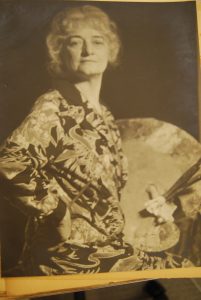
A reporter once followed Elisabeth around for a whole day of speech making and declared that she never repeated the same thing twice. She tailored her speeches to the audience and had several arguments in her repertoire. If male voters needed a pretty face to charm them and hook them in with an argument, she was happy to comply. And so too was her sister, Jane Freeman, both of whom were independent, unmarried, and self supporting, exactly what the anti-suffragists most feared.
Woman’s suffrage was, in fact, a logical step for women working outside the home and forging their own independence. Prof. Kitty Sklar, married to the aforementioned Tom Dublin, and a BU Professor Emeritus of Women’s History as well, asserted that Jane and Elisabeth were not unusual in their achievements but part of a huge demographic of their time. Dr. Sklar gave a brilliant lecture during my 2011 Jane Freeman installation (which you can see here) to note that the fertility rate dropped precipitously during this period, as women found ways to control their fertility. They, and many suffragists in the movement, valued their independence above all.
References:
“Babies for Suffrage: The Exhibition of Painting and Sculpture by Women Artists for the Benefit of the Woman Suffrage Campaign” by Mariea Caudill Dennison, Woman’s Art Journal. vol 24. No. 2 (Autumn 2003- Winter 2004)
Jane Freeman Papers, Archives of American Art Smithsonian Museum.
Women and Social Movements in the United States 1600-2000, an online journal founded by Professors Tom Dublin and Kathryn Sklar.



